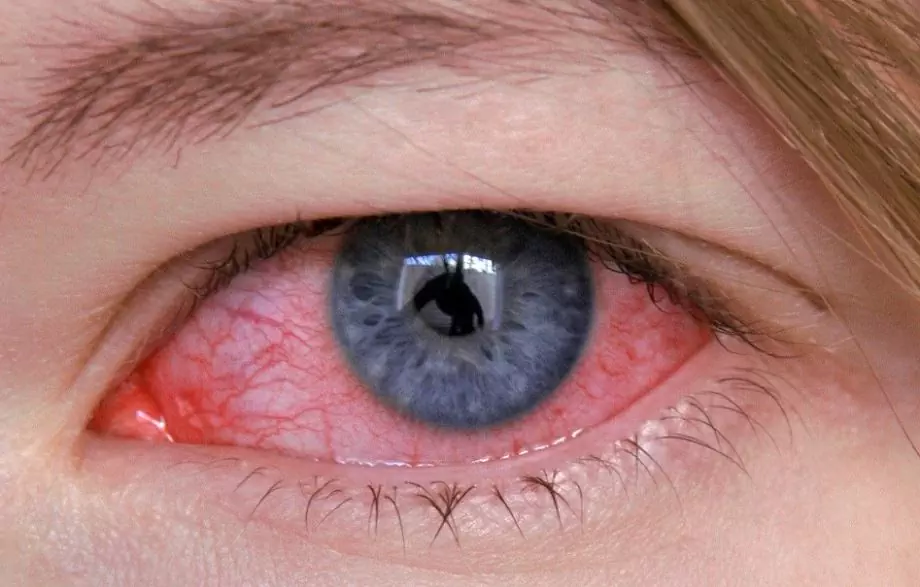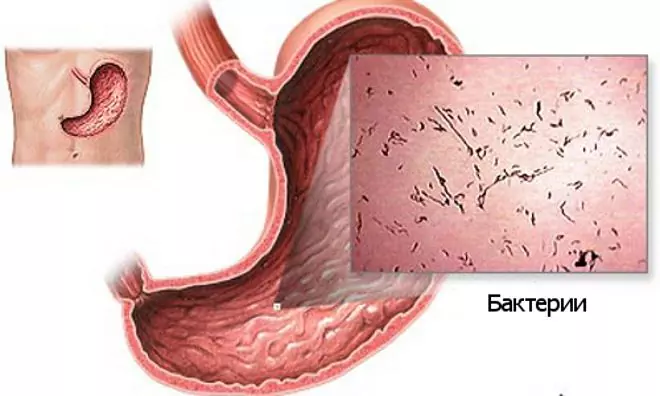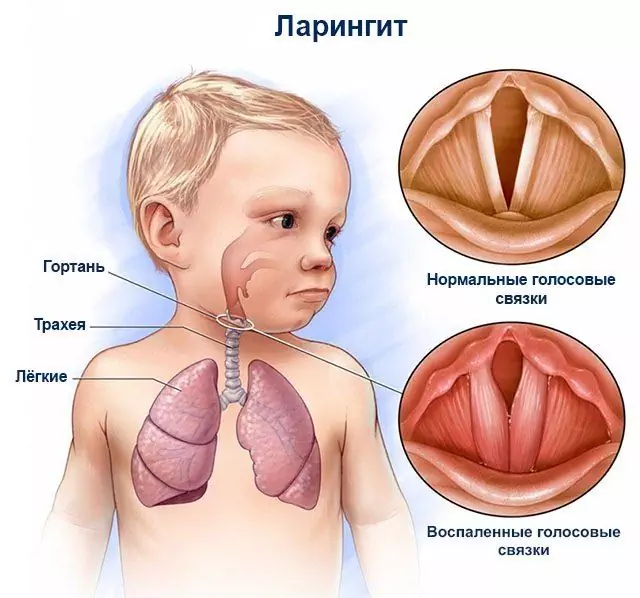- Author Rachel Wainwright [email protected].
- Public 2023-12-15 07:39.
- Last modified 2025-11-02 20:14.
Dysarthria in children

The consequence of insufficient supply of nerves to the speech apparatus, which leads to the defeat of the subcortical and posterior parts of the brain, is a violation of pronunciation, called dysarthria in medicine. This speech disorder is characteristic of both adults and children, and in the latter it leads both to a violation of sound pronunciation and to problems with subsequent learning to read and write.
A speech therapist can help cope with dysarthria in children, and it is quite simple to recognize the disease by the following signs:
- The child's speech is blurry and dull;
- Often the pronunciation of sounds and words is nasal;
- It seems as if the baby is talking with a “full mouth”.
Bulbar and pseudobulbar dysarthria in children, as well as dysphonia and dysphagia, are signs of bulbar or pseudobulbar paralysis.
Forms of dysarthria in children
Depending on the location of the brain damage, the following forms of dysarthria are distinguished in children and adults:
- Cortical - arises from damage to those parts of the cerebral cortex that are associated with the function of articulatory muscles. Its difference from other types of dysarthria in adults and children is the preservation of the correct structure of words, accompanied by a disorder in the pronunciation of syllables;
- Bulbar - is a consequence of peripheral paresis and paralysis of the articulatory muscles caused by damage to the hypoglossal, vagus and glossopharyngeal nerves and their nuclei. It is accompanied by swallowing disorders;
- Pseudobulbar dysarthria in children - a prerequisite for the onset of the disorder is damage to the motor cortical-nuclear pathways, which leads to the development of central paralysis of the muscles, the connection of which with the central nervous system is provided by the vagus, glossopharyngeal and hypoglossal nerves. The manifestation of the disorder is the monotony of the child's speech;
- Extrapyramidal - can be caused both by damage to the subcortical nodes and their nerve connections. The disorder is characterized by indistinct blurred speech with a nasal tinge and sharply disturbed prosody, tempo and intonational-melodic structure of pronunciation;
- Parkinsonian is a type of extrapyramidal dysarthria in adults and children with Parkinson's disease. The disorder is expressionless, with a violation of voice modulation, slow speech;
- Cerebellar - a prerequisite for the occurrence of this form of dysarthria in children can be both lesions of the cerebellum and its pathways. It is possible to recognize this disorder in a child by an extended, with varying volume and violation of the modulation of the chanted speech;
- Cold - manifests itself when the air temperature in the room drops, or when words are pronounced in the cold, in the form of difficulty in articulation;
- Erased dysarthria in children is a violation of the pronunciation of hissing and whistling sounds, as in lateral sigmatism.
Diagnosis of dysarthria in children
In order to make a correct diagnosis, the child must be taken to an appointment with a psychologist, neuropathologist and speech therapist. It is also necessary to carry out a number of procedures to obtain a general picture of the disease, namely:
- Electrophysiological studies (electroneurography, electroencephalography and electromyography);
- Transcranial magnetic stimulation;
- MRI of the brain.
A speech therapist, when making a diagnosis of dysarthria in children, conducts a thorough examination, which includes an assessment of the existing non-speech and speech disorders. During the assessment of non-speech symptoms, the doctor determines the state of the speech and facial muscles, studies the structure of the articulatory apparatus, the nature of the child's breathing and the volume of articulatory movements. Anamnesis of speech development is of particular importance in making a diagnosis. When diagnosing oral speech, a speech therapist pays attention to:
- Pronunciation side of speech - rhythm, tempo, prosody, sound pronunciation and speech intelligibility;
- Synchronization of voice formation, breathing and articulation;
- Phonemic perception of the child, as well as the level of development of the lexical and grammatical structure of speech.
Diagnosis of written speech in children with dysarthria includes the child performing various tasks, such as writing dictation, copying passages from books, reading aloud, and checking the child's comprehension of the material read.
In addition to visiting a neuropathologist and speech therapist, when diagnosing dysarthria in children, an examination by a psychologist is also required, who will conduct a study on the general intellectual development of the child.
It is important to know that erased dysarthria in children is diagnosed after the child reaches the age of 5 years. This is due to the fact that even in absolutely healthy children at an earlier age, manifestations similar to mild (erased) dysarthria can occur, which do not indicate the presence of a violation.
Treatment of dysarthria in children

In cases where the diagnosis of dysarthria is confirmed in a medical institution, the child needs a complex therapeutic and pedagogical influence. In parallel with drug treatment and physiotherapy exercises, speech therapy correction is carried out.
In the treatment of dysarthria in children, the speech therapist during sessions pays special attention to the development of all aspects of the child's speech - building the grammatical structure and phonetic hearing, as well as replenishing the vocabulary so that the child does not face difficulties in the process of learning at school.
Dysarthria in children and adults is a common disorder that, if detected early, can be treated and corrected. Unlike adults, in a child, dysarthria is accompanied by a breakdown of the speech system, it is difficult for him to learn to write and read, which causes subsequent difficulties during schooling. Of great importance is a visit to a speech therapist, who, after an accurate diagnosis has been made, can help correct this violation, so that in the future the child's life is normal.
YouTube video related to the article:
The information is generalized and provided for informational purposes only. At the first sign of illness, see your doctor. Self-medication is hazardous to health!






